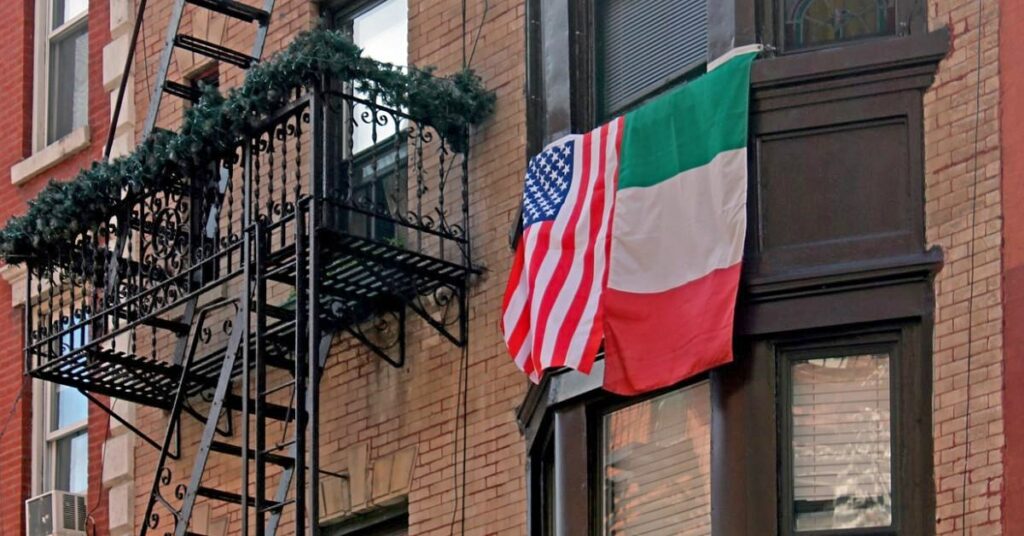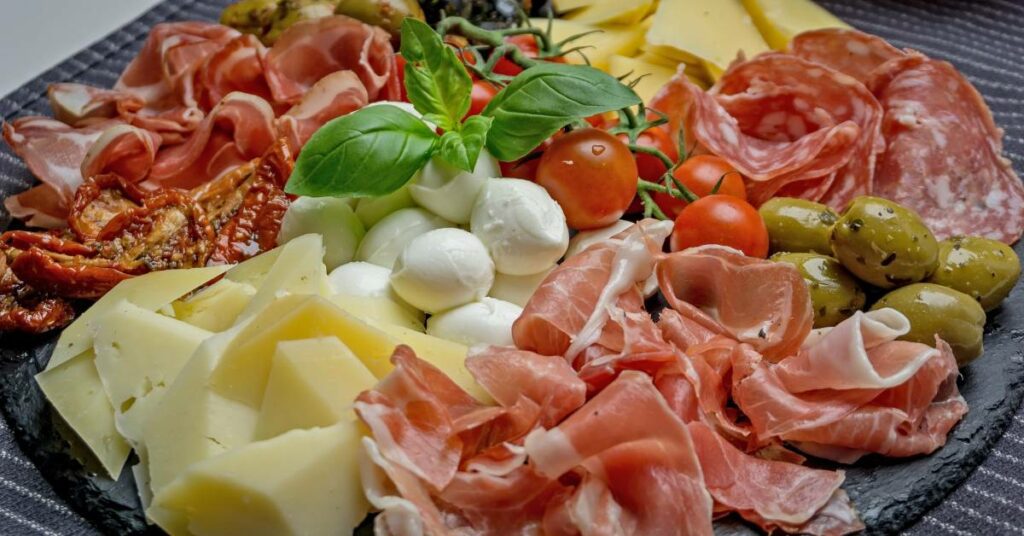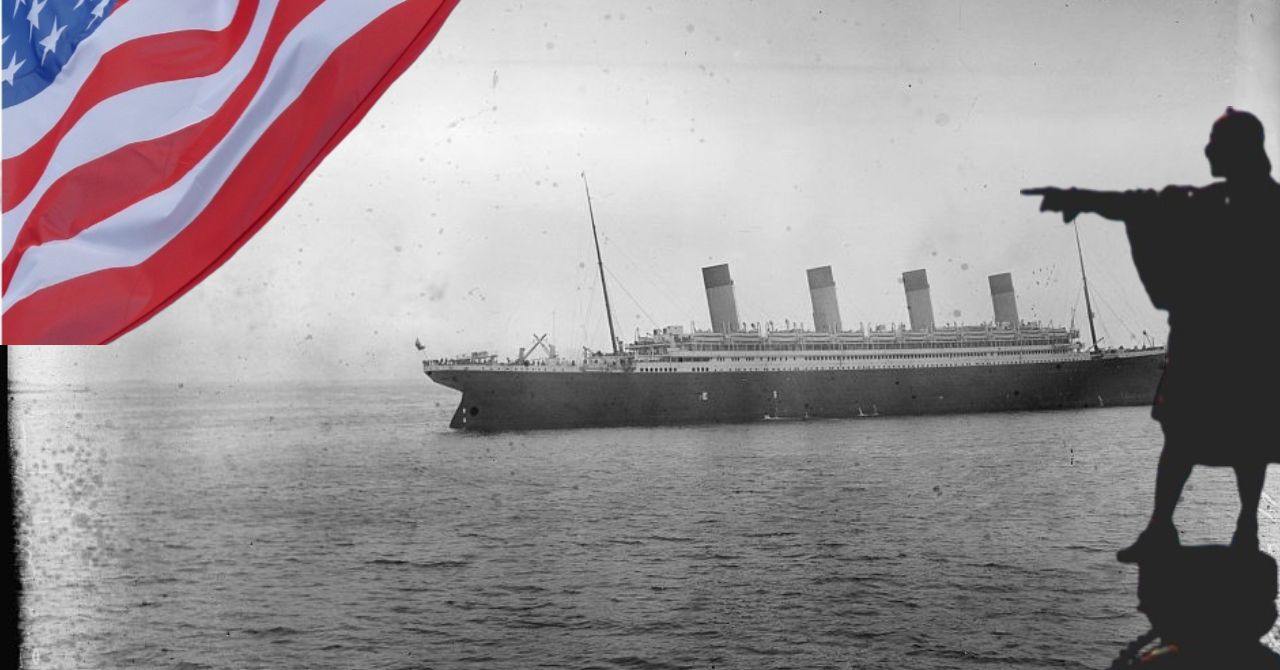Italian-American culture is a heritage that stems from the immigrant experience of Italians who came to the United States in the late 19th and early 20th centuries. This culture is a blend of European Italian and Italian-American traditions, and the customs that have evolved into a distinct and unique cultural identity.
This website for Italian-American Cultural & Heritage is an organization dedicated to exploring this Italian-American experience, celebrating the shared cultures between two countries, and debunking the stereotypes.
Take the Italian-American Quiz Now!
Are you Italian-American?
Take the quiz to test your knowledge of our culture!
There are many lenses in which to examine these questions. Certainly, historical records are the cornerstone of this discussion and should not be replaced by overly romanticized recollections of secondhand family stories. While these stories are important and contribute to the bigger picture, they should never obscure the facts. To do so lessens the credibility and importance of what Italian-Americans have contributed to American history, society, and culture.

The Journey of Italian-Americans
In order to try and restrict the influx of Southern Europeans, immigration quotas were passed in the U.S. during the 1920s, which drastically lowered the amount of Italian immigrants allowed in the United States.
This caused many of the existing Italian enclaves to dwindle, forcing Italian Americans to move to suburbs and diverse neighborhoods. Here they were heavily influenced by American culture, and with time, a unique Italian American identity began to take shape.
Beyond the recorded history, we also invite cultural discussions. These include culinary traditions, Italian-Americans’ contributions to the arts, and the roles that individual Italian-Americans played in U.S. politics and social change, among other topics to be explored on this website.
Italian-Americans are known for their strong family ties and close-knit community that has helped them thrive and rise to leadership roles in United States society. Hollywood has often exploited the dark side to this phenomena by portraying Italian-Americans in stereotypical roles as anti-hero mafiosi and gangsters in film. Meanwhile, real life Italian-Americans have contributed disproportionately in the arts, science, politics, and sports.
Italian-American cuisine is one of the most prominent and well-known aspects of this culture, characterized by the evolution of Mediterranean Italian food traditions that gave way to the ingredients found in the New World. Indeed, what is now considered “Italian food” in most of the world is closer to Italian-American food traditions than the original regional specialties of Italy.

Religion also plays a significant role in Italian-American culture, with a majority of Italian-Americans being Roman Catholic. This is reflected in their traditions and religious celebrations, such as Christmas, Easter, and All Saints’ Day, which often involve the entire family and community participating in parades and festivals that highlight the traditions found in Italy.
These festivals focused on the celebration of patron saints and feast days, along with beliefs and superstitions that were deeply rooted in the folk world of magic and the supernatural. Statues of favored saints were carried through the streets and people would often pin money on the statue, give gifts, and make various penances. Despite attempts by the church hierarchy to ban these rituals, Italian immigrants continued to bring their religion to America through these unique practices.
These practices often clashed with the more formal and doctrinal approach to religion adopted by the Irish-dominated Catholic Church in America. As a result, the Irish clergy viewed Italians as “indifferent Catholics,” leading to strained relations between the two groups.
Are you Italian-American?
Take the quiz to test your knowledge of our culture!
This led to many Italians defecting from the established churches and demanding separate parishes. Protestant missionaries attempted to win converts, but with little success. Eventually, the Catholic Church established “national parishes” that served as focal points providing a sense of ethnic identity, a range of social services and community adhesion.
Music is also an important aspect of Italian-American culture, with Italian folk songs, opera, and eventually pop music being popular. During the mid-20th century, icons like Frank Sinatra and Dean Martin brought their mix of Italian folk music and pop music into the mainstream.
In many Italian-American communities, you will find social clubs, festivals, and parades, which serve as opportunities for people to come together and celebrate their heritage. Italian-American culture is a rich and vibrant tradition that reflects the unique blend of Italian and American values, customs, and beliefs. It is a cultural heritage that is proud and proud to be part of American society, and continues to thrive and evolve to this day.
Won’t you join us and show your pride, too?

